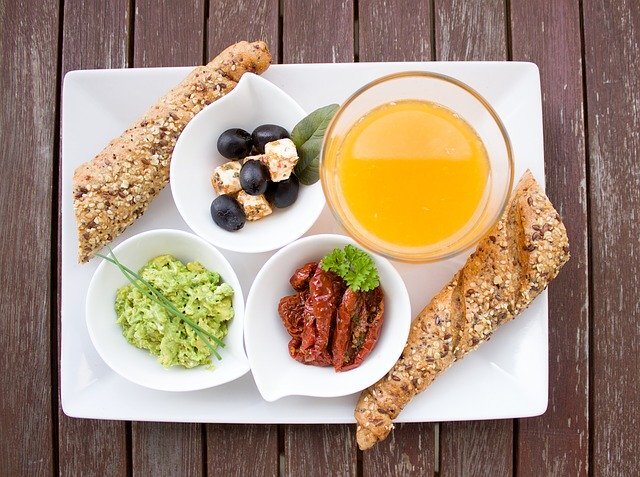Start A Pop-Up Restaurant in 9 Simple Steps
In this article, you will learn how to start a pop-up restaurant.
1. Get licenses and permits
Are pop-up restaurants even legal where you are?
What health code requirements do you have to meet?
Check the local government’s website.
Send a few emails or call if you are not sure about specific policies.
Meeting legal requirements is a top priority. You do not want a health inspector to show up and shut down the entire pop-up after spending so much time and money.
2. Embrace the purpose of the pop-up
You need to be intentional with why you want to start a pop-up restaurant. Clearly define your goals so that you can take actions to ultimately accomplish these goals.
There are a few common reasons why people start pop-up restaurants:
You are a chef who wants to maintain and grow your reputation.
You want to test out a new concept before taking the plunge and turning it into a full restaurant.
You want to attract investors
You just moved into the neighborhood and want to understand local demographics.
You want to raise money for an important cause.
You are interested in the restaurant business, but you’re not certain yet. You want to start a pop-up to help you decide.
Write down the reason(s) why you want to start a pop-up to avoid distractions and ensure your actions will get you the results you want.
3. Create the menu
What do you want to serve?
How do you want to display this information?
For prices, account for expenses such as the cost of ingredients and labor. Leave some room for profit. However, do not get carried away.
Simply breaking even is beneficial since you get to collect data and experiment.
4. Pick a location
Keep in mind the number and type of people you intend to serve. Pick somewhere that satisfies size and practicality requirements. It will help if the location has access to water and electricity.
You shouldn’t have to worry if you set up the pop-up at an existing restaurant during off-hours.
If you plan to go this route, you need to first find and contact potential restaurants. Reach out via phone call and/or in-person. Cast a wide net and expect a lot of rejections since many restaurants are simply not interested in sharing their space. You can offer incentives such as an upfront payment or profit-sharing.
Targeting restaurants via phone is efficient since you can contact numerous restaurants while staying in one place. However, it might work against you since restaurants get a lot of calls from telemarketers. You will need to communicate how the pop-up will benefit the restaurant.
Showing up in person takes more effort since it requires some traveling. However, this approach may come off as more genuine.
5. Fulfill staffing requirements
Are you running the whole show yourself?
Or do you need a few more sets of hands?
Two things to consider are your budget and the size of the pop-up.
6. Set up the dining area
Since pop-ups are temporary, you don’t have to go overboard with the details.
Nevertheless, what kind of ambiance are you going for? Will the pop-up follow a theme?
Think about the colors and quality of tablecloths, tables, and chairs.
Will music enhance the experience?
If so, what kind of music?
Instrumental piano? Or songs with lyrics?
You need to think about the demographics of your customers when making the best choice.
7. Set up the kitchen
Think about the equipment that you need to prepare your food.
If you’re using an existing restaurant, you should already have access to some equipment. Is there anything else that you need? For example, some specialty dishes or ethnic food might require particular kinds of equipment.
Also, think about whether it’s more cost-effective to rent or buy the equipment.
If you know this will be your only pop-up, then renting will probably help you save money.
However, if you’re considering doing more pop-ups in the future, then maybe buying would be a better option.
8. Market the pop-up restaurant
Get the word out.
Use social media.
Finalize the structure of the event. Do you want it to be an invite-only event? If so, consider selling tickets. Or will the pop-up be open to the public?
When marketing, you need to remember the reasons why you created the pop-up in the first place.
For example, if you want to attract investors, now is the time to invite some of those investors. Let them taste the food themselves and see if they like what you have to offer.
If you created the pop-up to spread awareness about your brand and expertise, invite food bloggers, the press, and even other chefs.
9. Execute your pop-up strategy
It’s finally time. After all that planning, you’re ready.
Manage your time wisely during the pop-up.
Alternate between hosting and preparing food.
If you created the pop-up to test out a new concept, make sure you ask for feedback from your customers.
If potential investors accept your invitation to attend, make sure you talk to these financiers about your ideas.
Above all, have a good time.
Smile.
Laugh.
Enjoy.
